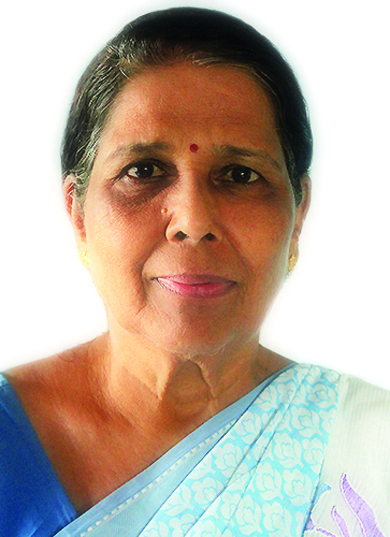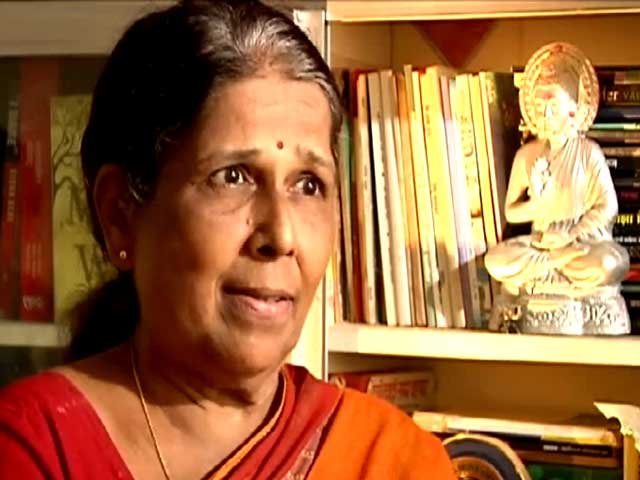

As a protagonist, we find her strong, modern and consistent in whatever she does to improve the beleaguered status of a Dalit woman who continues to suffer under the shadow of caste, patriarchy and other unscientific traditions that constantly jeopardise her existence. This paper attempts to read the Dalit memoir The Weave of My Life as a narrative of protest by showcasing Urmila Pawar’s struggle against a society that still remains hostile to woman and her basic rights. This book reflects on the raging issue of double marginalization and double oppression faced by the Dalit women of India due to caste, caste and gender based societal discrimination. However individuals like Urmila Pawar have managed to break these adamantine shackles of caste system and various social evils that continue to plague women in every sphere. The Weave of Life The Weave of Life is the English translation of the Marathi autobiography named Aidan by Urmila Pawar. As a woman she is expected to perform her chores and manage the entire household in an unquestioning manner. As a girl child she is always on the receiving end because she neither gets nutrition nor priority. It is the weave of pain, suffering, and agony that links us.

The rigid caste system along with other social restrictions make her survival extremely difficult and painful. The Weave portrays the conditions of a subhuman existence of an entire community, shamelessly exploited by the upper castes, reduced to a status of beasts of burden, extremely marginalized’ (Pandit 2015: xvi). Additionally a commitment to change the lives of women has made her a member of many organisations.

A Dalit woman is a traumatised figure who is subjected to physical violence and verbal abuse.


 0 kommentar(er)
0 kommentar(er)
